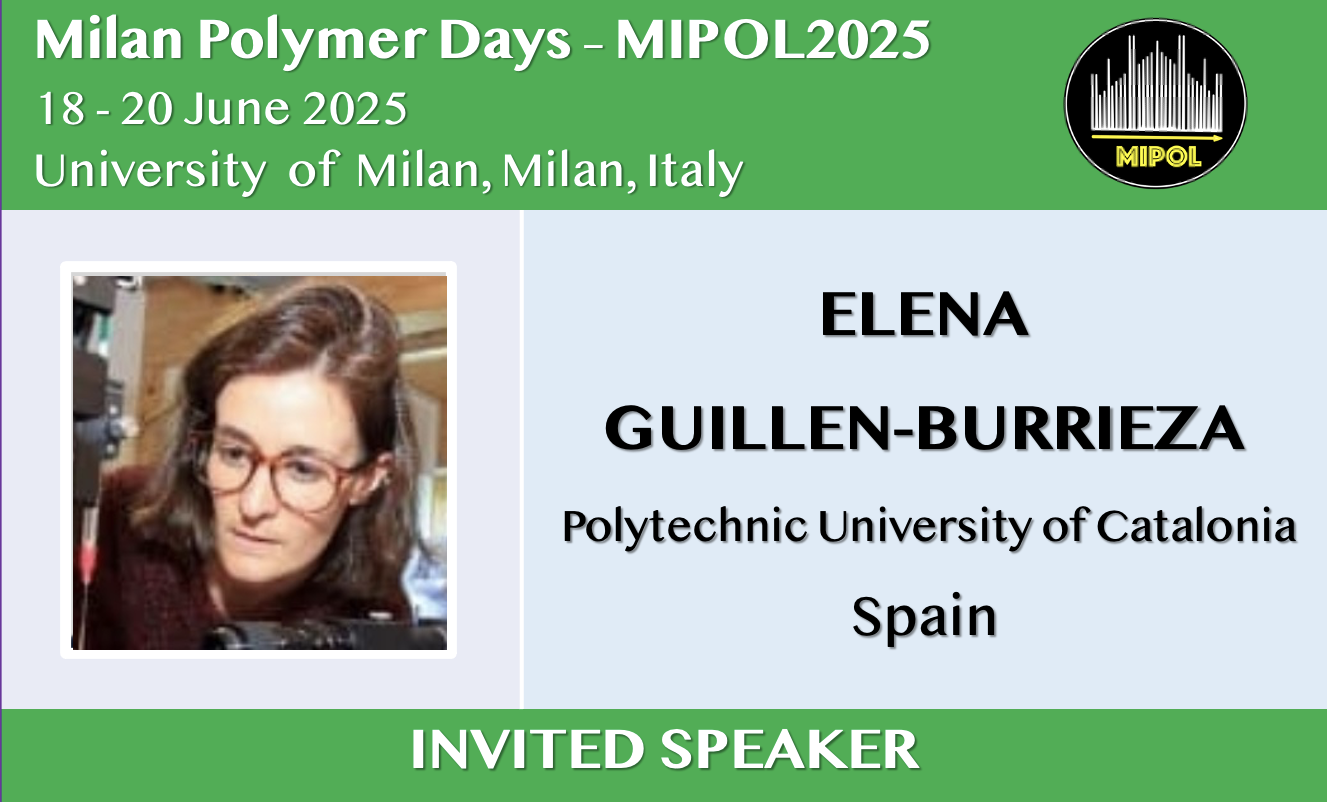Polymeric materials and membrane distillation, it´s a match!
Abstract

Polymeric materials have been traditionally preferred for membrane fabrication due to several key advantages: (i) polymeric membranes can be easily fabricated, functionalized and blended for tailored properties such as hydrophobicity/hydrophilicity, chemical and thermal resistance, pore size, roughness, etc., (ii) they can be manufactured into all the different membrane configurations (i.e., flat-sheet, hollow fibre, etc.) using well-stablished techniques (i.e., phase inversion, electrospinning, etc.), (iii) compared to other materials they are cheaper to produce and scale-up and (iv) they have shown good stability and long-term performance in many industrial applications (i.e., desalination, gas separation, waste water treatment, etc.) [1].
Membrane Distillation (MD) is a membrane-based thermal separation process which uses hydrophobic porous membranes that allow only the passage of gaseous/volatiles species. By creating a vapour pressure difference on both side of the membranes, volatile species can be selectively extracted from liquid streams. Traditionally used in desalination, it is becoming more and more relevant for the treatment of brines (e.g., high salinity streams) in zero liquid discharge schemes because of its ability to utilize waste heat. However, its utility-scale application is yet to be fulfilled. To date, there are no commercially available membranes dedicated to MD, and commercial MF and UF membranes continue to be used instead. One major challenge that MD faces is that the membrane has to remain dry during the process, otherwise the liquid stream can intrude the pores and pollute the permeate. Wetting also causes the MD fluxes to deteriorate with time. The hydrophobicity of porous membranes is tricky as it depends on the interplay of various factors that include: pore size, pore shape and hydrophobicity of the polymeric matrix and surface tension of the liquid [2]. On the other hand, being a thermally-driven process, heat transfer is a key performance parameter and MD membranes and modules (i.e., the way we pack large membrane areas) play a crucial role on the thermal consumption of the process. Some of the requirements for hydrophobicity are in contradiction to those required for a good thermal performance.
Lately, the recent application of MD to water reclamation has unveiled new exclusion mechanisms other than volatility that might affect greatly the application of MD to obtain drinkable water [3]. These include membrane charge exclusion and affinity with the membrane material [4]. This is especially sensitive for micropollutants removal such as organics and pharmaceuticals and might limit the applicability of MD.
This lecture will explore the requirements and the advances in polymeric membrane fabrication dealing with the intricated trade-offs between membrane selectivity, flux and thermal efficiency that a MD membrane has to fulfil.
References
- X. Wang, Y. Peng, S. Sangaraju Polym. Sci. Technol. 2024.
- E. Guillen-Burrieza, A. Servi, B. S. Lalia, H. A. Arafat J. Membrane Sci. 2015, 483, 94.
- K.C. Wijekoon, F. I. Hai, J. Kang, W. E. Price, T. Y. Cath, L. D. Nghiem J. Membrane Sci. 2014, 453, 636.
- F. C.R. Costa, C. R. dos Santos, M. C.S. Amaral Chem. Eng. J. 2023, 464, 142461.
Acknowledgments
E. Guillen-Burrieza acknowledges financial support from the Spanish Ministry of Science and Innovation MICIU/AEI/10.13039/501100011033 and the European Union “Next Generation EU/PRTR” for her Ramón y Cajal fellowship contract (RYC2021-034094-I) and from the project PID2022-138389OB-C33 funded by MICIU/AEI/10.13039/501100011033 and by “ERDF/EU”.

